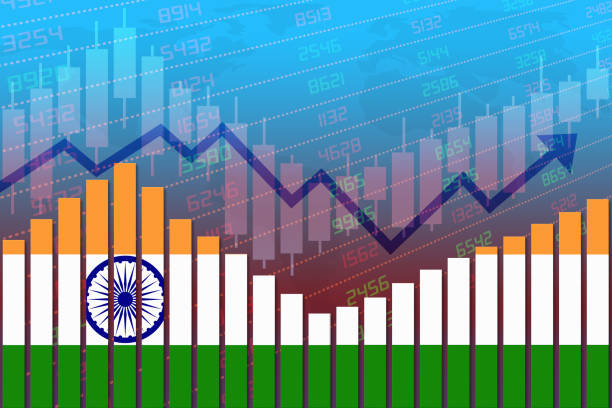The Indian economy, the third-largest in Asia and the seventh-largest globally, has been a beacon of hope and resilience in the face of global economic uncertainty. With a GDP of over $2.7 trillion, India is a significant driver of global growth, accounting for around 7% of global GDP.
Significance of Indian Economy:
1. Demographic Dividend: India’s young and vast population, with over 65% of its citizens below the age of 35, provides a significant demographic dividend, driving consumption and growth.
2. Diversified Economy: India’s economy is diversified across various sectors, including services, manufacturing, agriculture, and construction, making it less vulnerable to global shocks.
3. Digital Revolution: India has embraced the digital revolution, with a thriving startup ecosystem, rapid adoption of digital payments, and increasing digital penetration, transforming the way businesses operate.
4. Infrastructure Development: India has been investing heavily in infrastructure development, including transportation networks, energy systems, and urban development, creating new opportunities for growth.
5. Global Trade: India is an active participant in global trade, with a significant presence in international markets, particularly in the services sector.
Recent Developments:
1. Economic Reforms: The Indian government has implemented several economic reforms, including the Goods and Services Tax (GST) and the Insolvency and Bankruptcy Code (IBC), aimed at simplifying regulations and improving the business environment.
2. Monetary Policy: The Reserve Bank of India (RBI) has maintained an accommodative monetary policy, with low interest rates, to support economic growth.
3. Fiscal Discipline: The government has demonstrated fiscal discipline, with a focus on reducing the fiscal deficit and improving macroeconomic stability.
Challenges:
1. Inflation: India has been grappling with high inflation, particularly in food and fuel prices, which could impact consumption and growth.
2. Currency Volatility: The Indian rupee has been volatile, impacted by global economic uncertainty and trade tensions.
3. Banking Sector: The Indian banking sector has been facing challenges, including non-performing assets (NPAs) and liquidity issues.











Add Comment